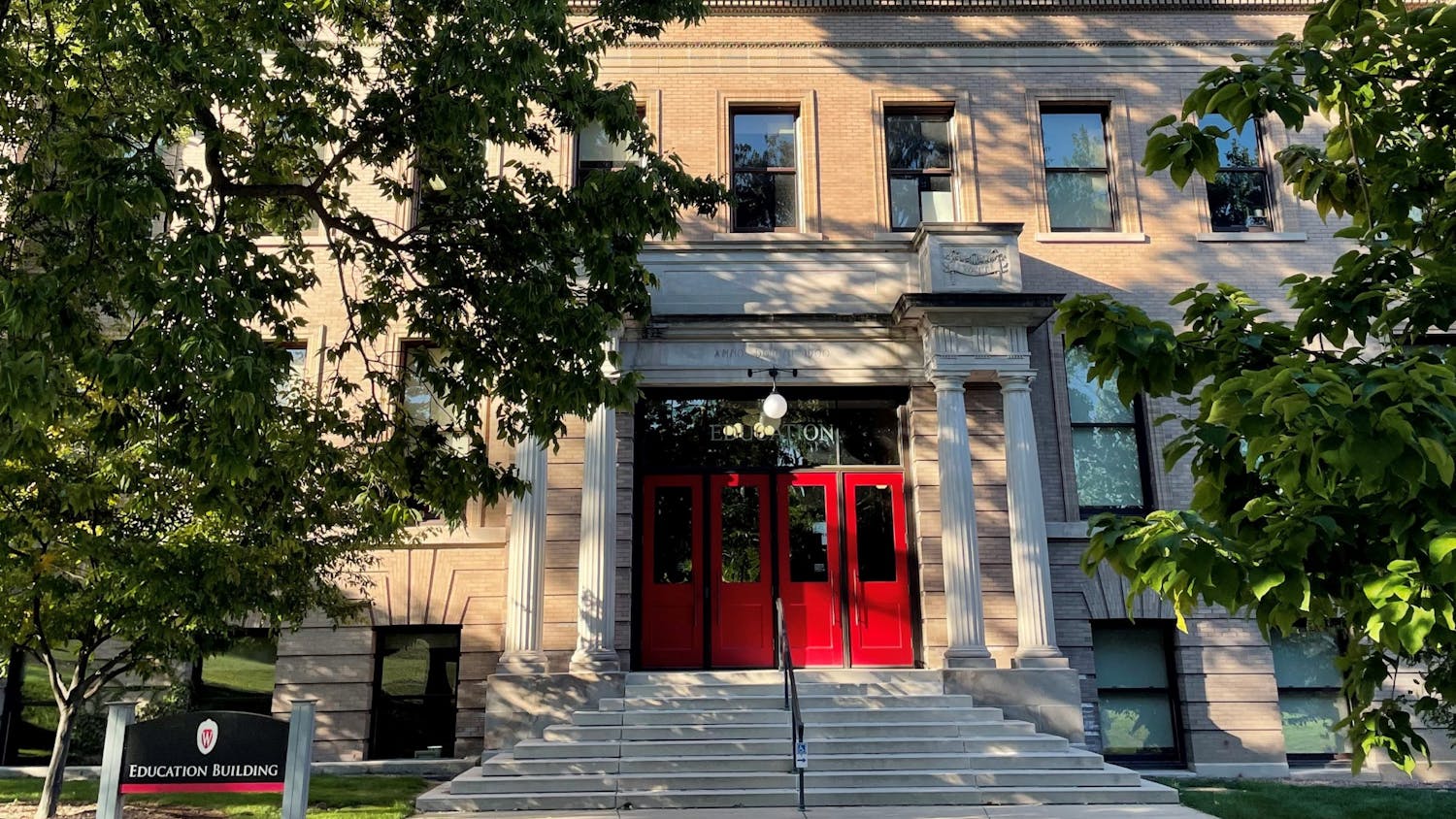The Associated Students of Madison Diversity Committee came away from its Ethnic Studies Roundtable with four main ideas for revamping the Ethnic Studies requirement: increase therequirement to two classes instead of one; require one of the classes be taken in the first two years on campus; have smaller discussion sections; and include service learning as part of the classes.
This board is glad to see groups working on revamping the requirement, because it is not as effective as it could be in its current form, with many students looking at it as a “blowoff ”class.
Despite their good intentions, not all of these ideas are good ones. The goal of an ethnic studies class should be to create better citizens. Currently, though, many of these classes teach only one theory of race and diversity. There are many out there, and at least acknowledging them would create an opportunity for real discussion, and allow students to face similar ideas they will in the future.
A class that fits this requirement should make students think critically, whether about race, gender, sexuality or any other issue of diversity on our campus or in our society. In testing whether a student has thought critically, multiple choice exams cannot realistically be an effective tool. While we do not think requiring essay exams is a realistic option, we would encourage professors of these classes to at least consider how much more effective they could be in this setting.
Additionally, these classes must focus on contemporary issues of race to keep students interested and allow them to apply lessons from the class to real world situations they face on campus or in other settings.
While all of those ideas may be tough to pack into one class, adding on a second requirement will only cause more resentment among students. The requirement is already not the most popular on campus, and forcing students to take another course on the subject will not make anyone more enthusiastic about the topic. Additionally, many students already have trouble graduating in four years, and this would only exacerbate that issue. Instead, we need to make each class strong enough to reach the goals outlined above in a single semester.
One way to do this is to decrease limits on class sizes. If a class has both a lecture and discussion, limit discussion sections to 20-30 students. If it is lecture-only, keep it below 40. This will allow ample opportunity for open discussion among those who want to participate.
While service opportunities are also an interesting suggestion—and can be a good way to learn—they are not a feasible idea. Requiring that extra amount of time outside of class is not fair to students, though providing interested students with the opportunity and giving extra credit for the participation could be a good model.
In the end, this requirement is not going to solve our society’s racial, gender, sexual and other problems. But, it can be a start.
The Daily Cardinal Editorial Board consists of seven members and represents the views of the paper. Please send all feedback to opinion@dailycardinal.com.





